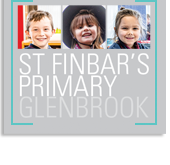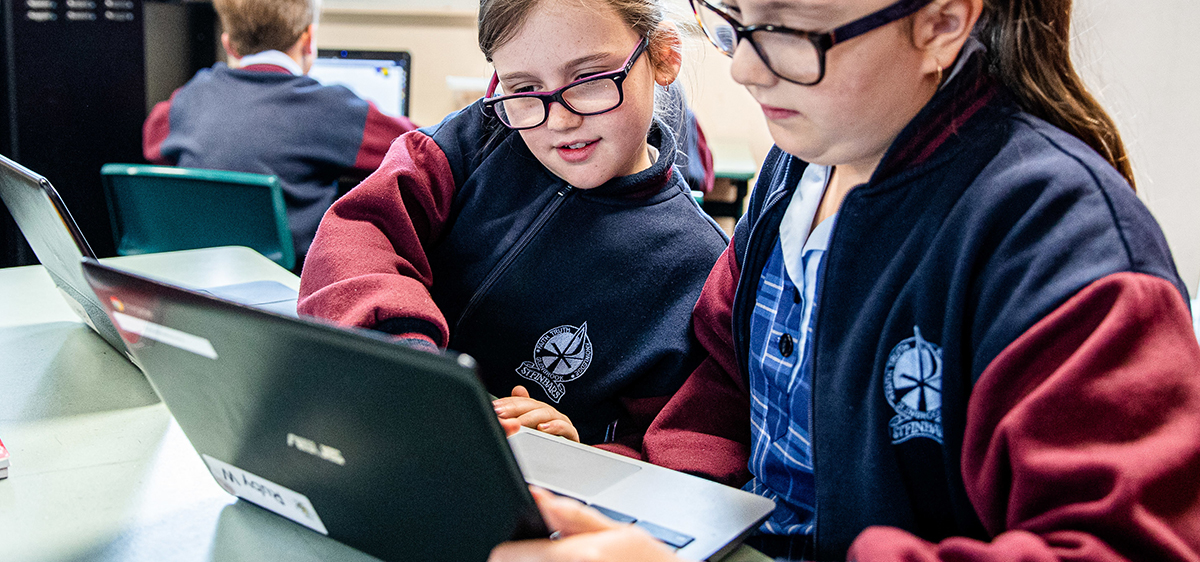PBS4L Update
The children have now settled into the term and are participating in activities that allow them the opportunity to explore the school goals in a range of learning experiences.
The children participate in role plays and activities that allow them to discuss how they can be safe, respectful learners.
No Bullying
Most children occasionally get teased or annoyed by other children at school. Responding to this is one of the common challenges that children have to face at school. Being bullied is more serious. Bullying is when one child (or a group) repeatedly and deliberately uses negative words and/or hostile actions against one specific child that causes distress.
Bullying can be:
-
Physical (e.g. hitting, pushing or damaging personal property)
-
Verbal (e.g. insults or nasty name-calling)
-
Social (e.g. trying to socially isolate someone by spreading lies or rumours about them or stopping them from joining in)
-
Cyberbullying: this means using technology (such as email, mobile phones or social networking sites) to bully someone verbally or socially or to frighten or intimidate them.
-
It isn’t called bullying if any of these things happen only once, if children have a mutual argument or fight, or if a child chooses not to spend time with another child.
Key messages to communicate to your child about bullying
It’s never OK to bully someone or take part in bullying even in small ways.
It’s not OK to say ‘someone else started it’ or ‘someone else made me do it’ or ‘everyone else was doing it too’. You must take responsibility for your own actions.
It’s never the fault of the person who is being bullied.
If someone is different or annoying they do not deserve to be bullied. No one does. We all have the right to be ourselves and be safe from being mistreated.
It is important to ‘think for yourself’.
If other people try to convince you to take part in bullying someone, don’t just do what they tell you to do. Think for yourself and do what is right and don’t just go along with what other children are doing.
Asking for support and acting responsibly are not the same as dobbing.
Dobbing means trying to get someone into trouble. It’s not dobbing when you ask for help when you’re in trouble or when you try to help someone else who is in trouble.
What can you do to help your child if they are bullied and to encourage them not to bully others?
Let your child know that you strongly disapprove of bullying. Taking part in bullying can be the start of a pattern of antisocial behaviour for many children.
Encourage your child to support someone who is being bullied (e.g. they could: calmly tell someone who is bullying that it’s a mean thing to do, defuse the situation by suggesting something else to do, let a teacher know about it, or later offer them comfort and support).
Speak up and let the school know if another child is being bullied. You can ask the school for confidentiality.
Respond calmly if you think your child is being bullied. Talk to them about what is happening. Listen to the whole story before responding or asking questions. Ask how they would like you to help. One of their fears will be that you might over-react and make things worse. Discuss with them what they could do, e.g.:
-
avoid high-risk areas and not respond to nasty text messages etc.
-
say ‘leave me alone’ in a calm voice and leave the situation (rather than yelling or responding in an upset or emotional way)
-
talk to their friends about what’s happening and ask for help
-
speak to a teacher and ask for support to solve the problem.
-
If the situation doesn’t improve, make an appointment to speak to the teacher and work
-
together with the school to improve the situation.
-
The Bounce Back program will be taught alongside our PBS4L program teaching the children how to act and be resilient in various situations throughout the day.
At St Finbar’s we agree to be safe, respectful learners.




